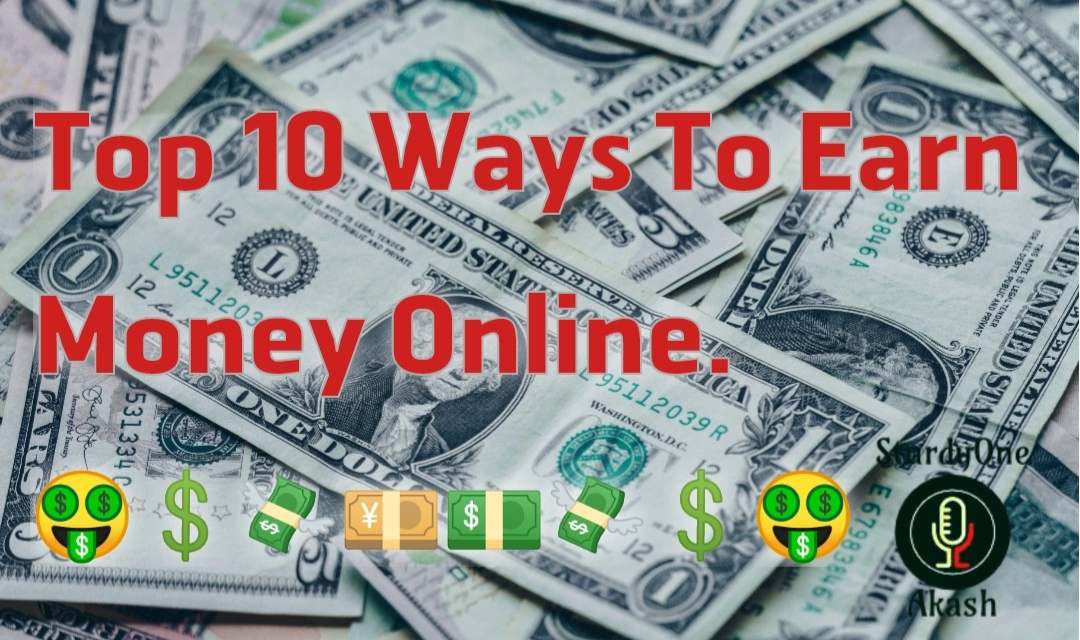Email marketing is a digital marketing
strategy that involves sending targeted and personalized emails to a group of
recipients with the goal of promoting products or services, building brand
awareness, nurturing customer relationships, and achieving specific marketing
objectives. It's one of the most cost-effective and direct ways to communicate
with your audience, both for B2B and B2C businesses.
Here are the key elements and strategies associated with email marketing:
1. Building an Email List:
Your email marketing efforts start with
building a quality email list. You can collect email addresses through website
sign-up forms, lead magnets, events, and social media.
2. Segmentation:
Divide your email list into segments based on
factors such as demographics, behaviors, location, purchase history, and more.
Segmenting allows you to send more relevant and targeted content to different
groups.
3. Personalization:
Personalize your emails by addressing
recipients by name and tailoring the content to their specific interests.
Personalized emails tend to have higher open and click-through rates.
4. Content Creation:
Create compelling and valuable email content.
This can include newsletters, promotional offers, product updates, educational
content, and more.
5. Call to Action (CTA):
Include clear and actionable CTAs in your
emails to guide recipients on what to do next. CTAs can lead to your website, a
product page, a signup form, or other desired actions.
6. Mobile Optimization:
Ensure that your emails are mobile-responsive.
Many recipients access their emails on mobile devices, so your emails must
display properly on various screen sizes.
7. A/B Testing:
Conduct A/B tests to optimize your email
content. Test different subject lines, content formats, images, and CTAs to
determine what resonates best with your audience.
8. Automated Workflows:
Implement email automation to send triggered
emails based on user actions. These workflows can include welcome emails,
abandoned cart reminders, and post-purchase follow-ups.
9. Analytics and Monitoring:
Use email marketing analytics to track key
metrics like open rates, click-through rates, conversion rates, and unsubscribe
rates. Analyze this data to refine your email strategy.
10. Compliance with Regulations:
Comply with email marketing regulations, such
as the CAN-SPAM Act and the General Data Protection Regulation (GDPR). Ensure
that recipients can easily opt in and opt out of your emails.
11. List Hygiene:
Regularly clean your email list by removing
inactive subscribers or those who have unsubscribed. Maintaining a clean list
can improve deliverability and engagement.
12. Testing for Different Email Clients:
Ensure that your emails render correctly
across various email clients and platforms. This includes testing on popular
email services like Gmail, Outlook, and Apple Mail.
13. Engagement and Retention:
Focus on engaging your audience to build
lasting customer relationships. Use email marketing to deliver value, share
helpful content, and reward loyal customers.
Email marketing is a versatile tool that can
be used for various purposes, such as lead generation, customer retention,
e-commerce sales, and content distribution. When executed effectively, it can
help businesses connect with their audience on a personal level, nurture leads,
and drive conversions. However, it's important to follow best practices and
maintain the integrity of your email marketing efforts to build trust and
achieve success.











No comments:
Post a Comment